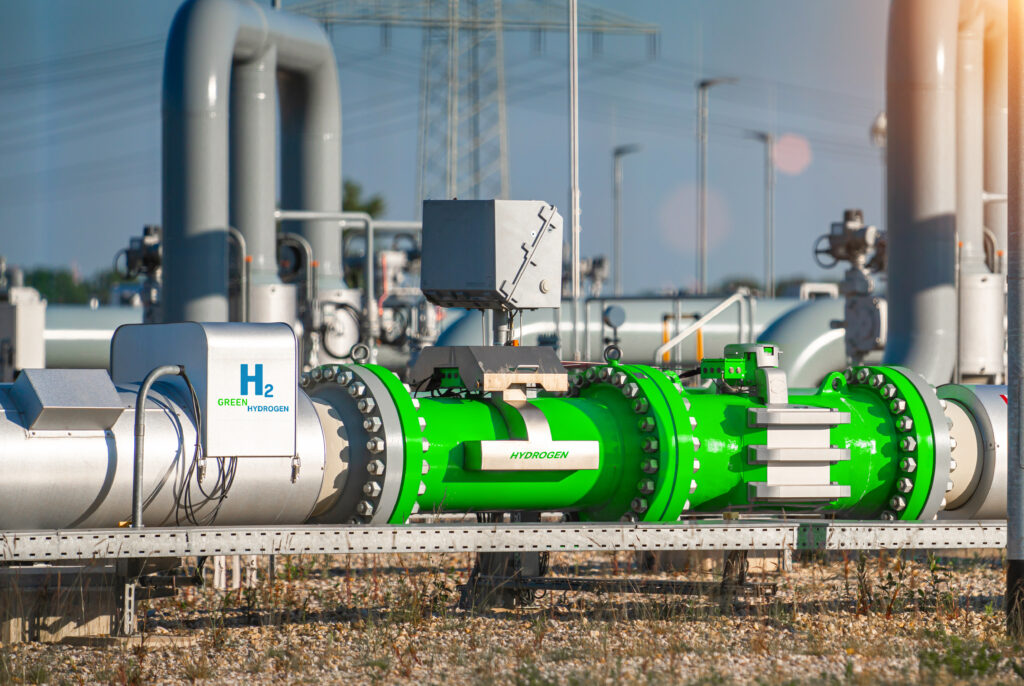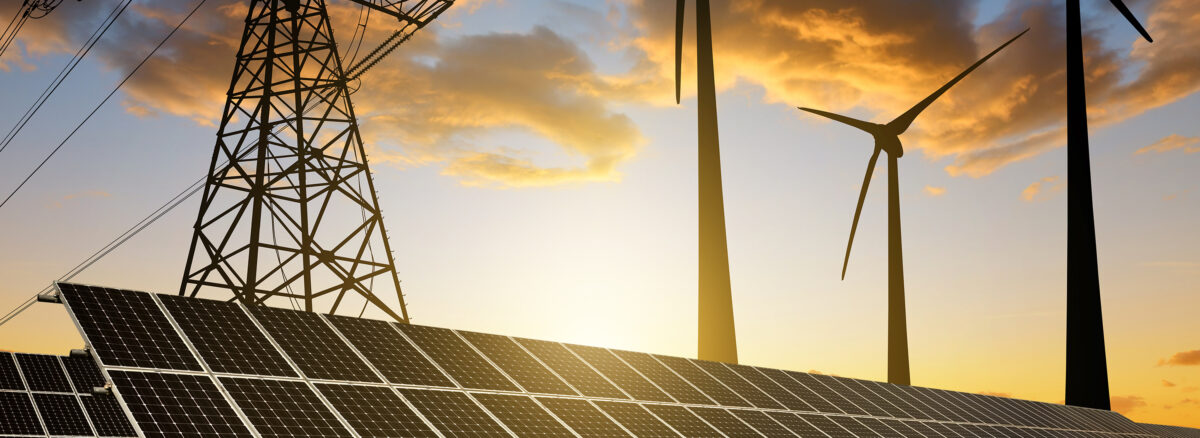- 3 July, 2024
- Francisco Gallego
- Comment: 0
- News

RENEWABLE ENERGY: A LOOK AT THE PAST, PRESENT AND FUTURE

PAST
Renewable energy has been part of human history since ancient times. The ancient Egyptians used sails to navigate the Nile using wind power, while the Romans used water wheels to grind grain using water power. Furthermore, in ancient Greece and Rome, houses were designed to maximise the sun’s light and heat during the winter, thus harnessing solar energy. These examples show that, although technologies have advanced today, mankind has always relied on renewable energy to meet its needs.
PRESENT
Today, the need to adapt to renewable energies is more urgent than ever due to the increasing scarcity of fossil resources and the environmental consequences of their use. Fossil fuels, such as oil, coal and natural gas, are not only finite, but are also responsible for a large share of greenhouse gas emissions, which contribute to climate change. Dependence on these resources has led to price fluctuations and geopolitical tensions, underlining the need for a transition to more sustainable and secure energy sources.
The most common renewable energies today include solar energy, wind energy and hydropower. Solar energy, harnessed through photovoltaic panels and thermal systems, has expanded rapidly due to cost reductions and technological improvements. Wind energy, generated by wind turbines on land and at sea, has also grown significantly and now accounts for a significant share of electricity production in many countries. Hydropower, through the use of dams and other facilities, remains an important source of clean energy. In addition, biomass and geothermal energy are playing crucial roles in diversifying our renewable energy sources, helping to create a more flexible and sustainable energy system.
FUTURE
The future of renewable energy promises to be even more innovative and expansive. As technologies advance, new forms of renewable energy are emerging:
- Green Hydrogen: Produced from the electrolysis of water, using electricity from renewable sources such as solar and wind. Green hydrogen is emerging as a crucial solution for decarbonising sectors that are difficult to electrify, such as heavy industry and maritime and air transport. Its ability to be stored and transported makes it an essential component of a sustainable energy economy.
- Volcanic energy: Another energy breakthrough we will see in the coming years is in Iceland. Geothermal energy is not new, but harnessing it in places as unfavourable for the construction of a power plant as the crater of a volcano is. Thanks to technological progress, volcanoes will be able to supply energy permanently and safely in the future.
- Copying photosynthesis: This is one of the most ambitious projects, even though it is still in the early stages of development. Thanks to the same mechanism used by plants, in the next few years we will be able to obtain electrical energy thanks to designer plant organisms connected to batteries which, in turn, will be connected to the public electricity grid.
- Floating solar panels: Another solution proposed to make better use of photovoltaic energy is to develop the use of available space for solar panels. One option under consideration is the possibility of placing floating solar panels on surfaces covered by water. In this way, not only the sea surface could be used, but also the flooded areas of those industries that need to make use of the liquid element.
Made by Marina Sánchez (Facilities Design Engineer)

